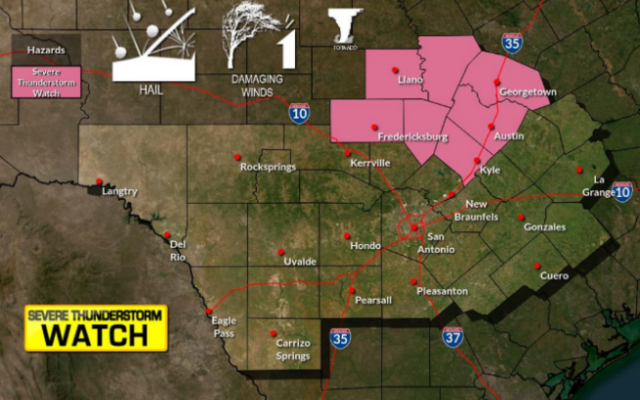The U.S. no longer asks foreign tourists to quarantine — but still requires vaccinations

The updated recommendations for domestic and international trips are the latest round in a sweeping overhaul launched earlier this month by the CDC, which agency officials have touted as an effort to streamline its COVID-19 guidance across the board.
The first recommendations revised earlier this month were for schools. Other changes are expected to be published in the coming days for several other settings, including for hospitals, nursing homes and jails and prisons.
The agency had previously said that travelers from abroad who were not up to date on getting their COVID-19 vaccine booster shots should “stay home and self-quarantine for a full 5 days after travel.”
Now, similar to the changes it announced in its other community guidance, the agency’s new travel advice has stripped out all mention of its quarantine recommendations.
Instead, the CDC says all travelers should take steps like getting tested three days after their trip and monitor for COVID-19 symptoms, regardless of their vaccination status.
The agency’s travel recommendations no longer make any distinction between whether travelers are “up to date” on their COVID-19 vaccines.
The updated guidance still includes an urging that all people “wear high-quality masks in indoor public transportation settings at this time” – a recommendation the agency has continuously made since a federal court blocked the CDC’s order requiring masks in transit in April.
The CDC last significantly updated its travel guidance in June, when the agency said it would no longer require negative COVID-19 tests before flights into the U.S.
The changes come as the latest COVID-19 wave driven by the BA.4 and BA.5 subvariants of Omicron appears to be easing nationwide.
The pace of new COVID-19 hospitalizations has slowed nationwide off of a peak late last month and, for the first time in weeks, the agency is predicting that the pace of new COVID-19 deaths will likely slow.
Less than a quarter of Americans are now living in areas of “high” COVID-19 Community Levels, according to updated figures published by the CDC this week, where the agency urges all Americans to mask indoors. This is the smallest share of Americans living in areas of “high” COVID-19 since June.
Vaccination requirements
As of the latest update, the agency’s travel guidance continues to require that non-citizen international travelers prove they are fully vaccinated before flying into the country, with “only limited exceptions.”
A similar requirement imposed by the Department of Homeland Security remains in place indefinitely for people crossing land borders who are not U.S. residents or citizens.
The recommendation is among the few places on the CDC’s website where the agency still mentions the “fully vaccinated” threshold, which amounts to two doses of the Novavax, Pfizer-BioNTech or Moderna vaccines, or a single dose of the Johnson & Johnson Janssen vaccine.
Instead, the CDC has largely moved elsewhere in its guidance to urge Americans to “stay up to date” with their COVID-19 vaccinations, which for some older adults so far includes up to four doses – and may soon include a fifth, once federal health authorities sign off on the updated booster shots for this fall.
The Biden administration’s vaccination requirements on visitors from abroad have continued to be enforced since it was first levied last year, including recently to block star tennis player Novak Djokovic from flying to compete in the U.S. Open this year.
Critics of the rules, including House Republicans and the travel industry’s lobbyists, have demanded for months that the White House roll back the president’s order.
Health and Human Services Secretary Xavier Becerra is supposed to recertify to President Biden that the rules are still needed at the end of every calendar month.
The Biden administration still imposes COVID-19 vaccination requirements in other foreign entry rules as well, including for people seeking to immigrate to the U.S.
You Might Also Like



